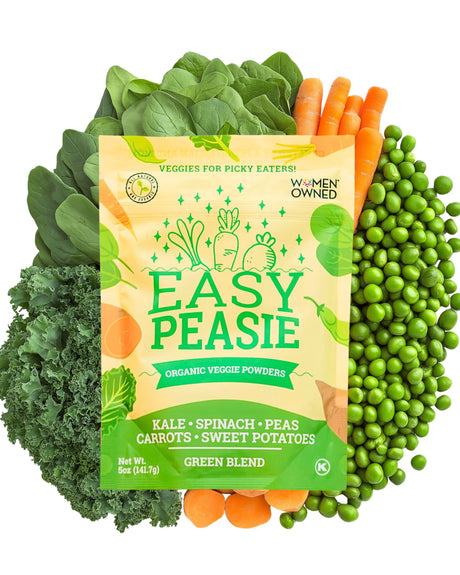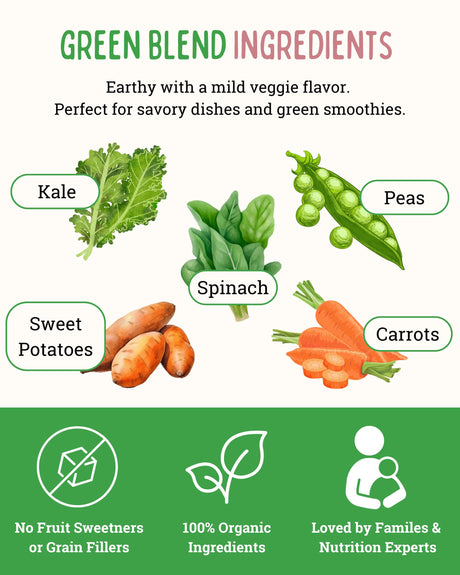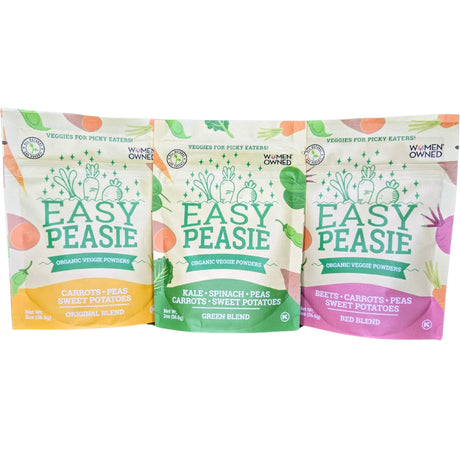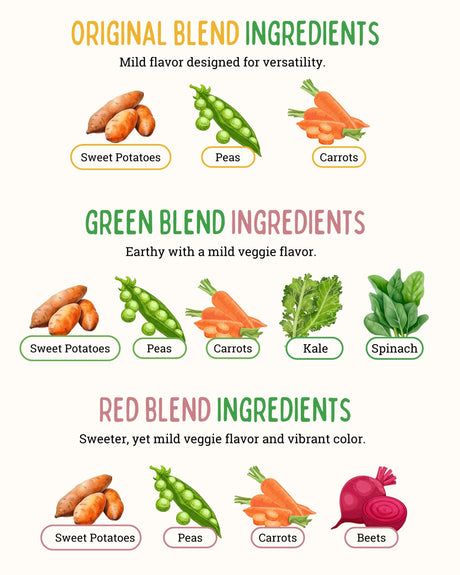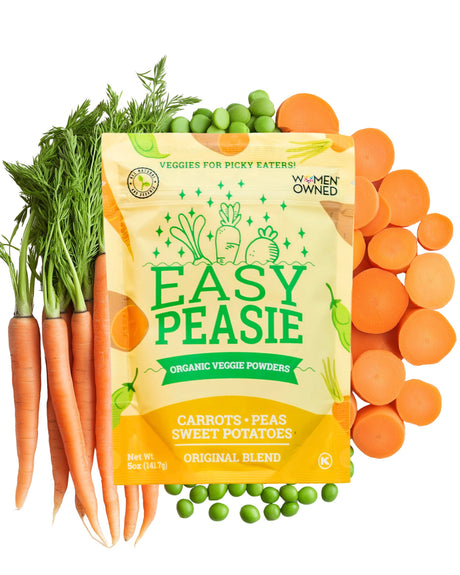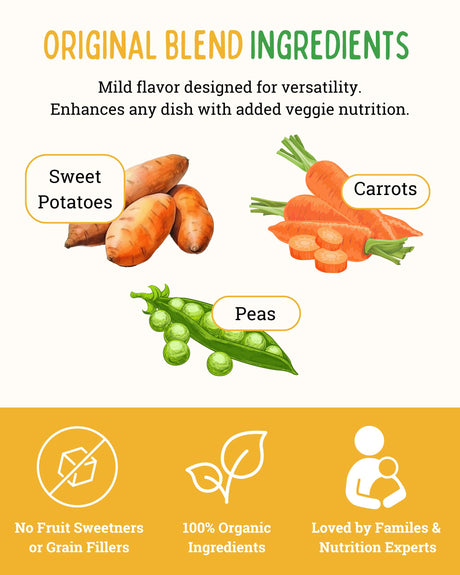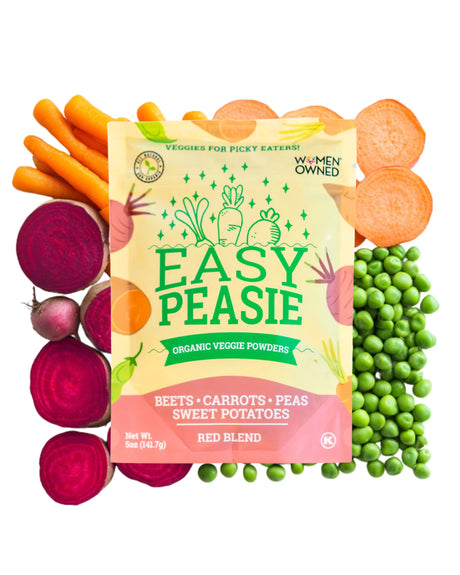Importance of Nutrition for School Performance
As the school year kicks off, it’s time to sharpen more than just pencils. Good nutrition is the secret ingredient to fueling your child’s success in the classroom. When kids eat well, their brains and bodies get the nourishment they need to power through the school day.
A balanced diet supports better concentration, improved memory, and sustained energy levels—key ingredients for learning, participating in class, and acing those tests. So, as you pack those lunchboxes and plan meals, remember that the right foods can make all the difference in your child’s academic performance and overall well-being.
In this blog, we’ll explore practical nutritional tips to help your child thrive this school year.
From balanced breakfast ideas to healthy school lunches, we’ll cover everything you need to know to keep your little learner fueled and focused. You’ll also find tips for smart snacking, immune-boosting foods, and meal planning strategies that make back-to-school eating a breeze. Whether you’re dealing with a picky eater or just looking for ways to simplify your routine, this article has you covered. Let’s dive into the delicious details of how to set your child up for success with the power of good nutrition!
The Power of a Balanced Breakfast
Why Breakfast Matters
Breakfast is the most important meal of the day, especially for school-aged kids.
A nutritious breakfast fuels their bodies and minds, setting the stage for a day of learning and play. Research shows that kids who eat a balanced breakfast perform better in school, with improved memory, attention, and problem-solving skills. Skipping breakfast can lead to sluggishness, difficulty concentrating, and even mood swings—definitely not the best way to start the school day!
Nutritious Breakfast Ideas for Kids
Getting a healthy breakfast on the table doesn’t have to be complicated. Think simple yet satisfying options like whole-grain cereals topped with fresh fruit, or a quick smoothie packed with yogurt, spinach, and berries.
Eggs are another fantastic choice—they’re rich in protein and can be scrambled, boiled, or even turned into mini omelets with veggies mixed in. Whole-grain toast with a spread of nut butter and a side of fruit is another quick and balanced option.
These breakfasts are not only nutritious but also quick to prepare, making them perfect for busy school mornings.
Tips for Picky Eaters
If your child is a picky eater, getting them to eat a balanced breakfast can be a challenge.
The key is to make it fun and appealing. Try cutting fruit into fun shapes or letting your child choose their toppings for yogurt or oatmeal. You can also sneak in extra nutrition by blending veggies into smoothies or adding a handful of spinach to scrambled eggs. Sometimes, offering breakfast on the go, like a smoothie in a fun cup or a whole-grain muffin, can be a hit with kids who aren’t big fans of sitting down to eat in the morning.
Healthy School Lunch Ideas
Packing a Balanced School Lunch
A well-packed school lunch can be the difference between a productive afternoon and a cranky, unfocused child. Aim to include a balance of protein, whole grains, fruits, and vegetables in your child’s lunchbox. Protein helps with sustained energy, while whole grains provide the fiber needed for digestion and focus.
Fruits and vegetables offer essential vitamins and minerals that keep the immune system strong and the mind sharp. Think of it as creating a mini version of a balanced dinner—just in a portable, kid-friendly form.
Easy School Lunch Recipes
You don’t have to be a gourmet chef to pack a healthy, delicious lunch. Simple, tried-and-true options include turkey and cheese wraps with whole-grain tortillas, veggie sticks with hummus, and fruit on the side. Or try a DIY lunchbox with whole-grain crackers, lean protein like turkey slices, cheese, and a variety of colorful fruits and veggies.
Another easy favorite is a pasta salad made with whole-grain pasta, mixed veggies, and a light dressing. These meals are quick to prepare, easy to eat, and packed with the nutrients your child needs.
Meal Prep for School Lunches
Preparing lunches ahead of time can save you stress and ensure that healthy options are always on hand. Spend some time on the weekend chopping veggies, portioning out snacks, and prepping main dishes that can be stored in the fridge or freezer.
For example, you can make a batch of whole-grain pasta salad or bake chicken breasts that can be sliced and added to wraps or salads throughout the week. Invest in a few good lunch containers to keep everything fresh and organized.
With a little planning, you can make weekday mornings smoother and ensure your child is always heading to school with a balanced meal.
Nutritious Snacks for Kids
Smart Snacking for Sustained Energy
Snacks aren’t just about filling the gap between meals—they play a crucial role in keeping your child’s energy levels steady throughout the school day. The right snacks can prevent those mid-morning or afternoon slumps, helping kids stay focused and alert in class. Smart snacking provides the quick energy boost kids need without the crash that often follows sugary treats.
Healthy Snack Ideas
When it comes to packing snacks for school, think nutritious and portable.
Fresh fruits like apples, berries, or clementines are easy to pack and loaded with vitamins. Yogurt cups or tubes offer a good source of protein and probiotics, especially when paired with a sprinkle of granola or seeds. Whole-grain crackers paired with cheese slices or nut butter make for a balanced snack that combines protein and fiber to keep kids full longer.
Veggie sticks with hummus or guacamole are another great option, adding a crunch while sneaking in some extra veggies.
Avoiding Sugary Snacks
It’s tempting to grab those brightly packaged snacks that kids love, but many of them are loaded with sugar and offer little nutritional value. Instead, opt for snacks that are naturally low in sugar and high in nutrients. Look for whole foods like fruits and nuts, or choose packaged snacks with minimal added sugars and whole ingredients.
Reading labels is key—if sugar is one of the first ingredients, it’s best to leave it on the shelf. Encouraging your kids to enjoy the natural sweetness of fruit or the satisfying crunch of whole-grain crackers sets them up for healthier snacking habits.
Boosting Kids' Immune System
Nutritional Strategies for Immune Support
Keeping your child’s immune system strong is especially important during the school year, when they’re exposed to more germs and stress. Nutrients like vitamin C, zinc, and probiotics play a vital role in supporting the immune system.
Vitamin C, found in citrus fruits and bell peppers, helps protect cells and promote healing. Zinc, found in lean meats, beans, and seeds, is essential for immune cell function. Probiotics, found in yogurt and fermented foods, support gut health, which is closely linked to immune health.
Incorporating Immune-Boosting Foods
Adding immune-boosting foods to your child’s diet doesn’t have to be a chore. Start the day with a breakfast smoothie packed with vitamin C-rich fruits like oranges or strawberries.
Include yogurt in their lunch or snack to get those probiotics in. Leafy greens, like spinach and kale, can be blended into smoothies, added to soups, or even sneaked into sauces for an extra nutrient boost. The key is to make these foods a regular part of their diet, so their immune system gets consistent support.
Healthy Eating Habits for School
Beyond just what they eat, how kids eat is also crucial for their health. Encourage regular meals and snacks to keep their energy and immune system strong throughout the day.
Staying hydrated is just as important—pack a water bottle and remind your child to drink water throughout the day. Regular physical activity, enough sleep, and good hygiene habits also play a role in supporting a strong immune system. By combining these healthy eating habits with balanced meals and snacks, you’ll help your child build a strong foundation for both their health and their school success.
Back-to-School Meal Planning
Creating a Weekly Meal Plan
Meal planning is your best friend when it comes to ensuring your kids get balanced nutrition throughout the busy school week. Start by setting aside some time each weekend to plan out the week’s meals and snacks.
Aim for a mix of proteins, whole grains, fruits, and vegetables in every meal.
Planning ahead helps you stay organized, reduces last-minute stress, and ensures that you always have healthy options on hand. It also makes grocery shopping easier because you know exactly what you need for the week.
Involving Kids in Meal Planning
Getting your kids involved in meal planning can be a game-changer. When kids help choose what they eat, they’re more likely to enjoy it and try new foods. Let them pick out fruits, veggies, or snacks they’re excited about during your grocery trip.
You can also have them help with simple tasks like washing produce or choosing the main dish for a particular day. This not only encourages healthy eating but also teaches them valuable life skills and makes them feel like they have a say in what goes into their lunchbox.
Making Lunchbox Prep Easy
Simplifying your lunchbox routine can save you time and energy on hectic school mornings. One strategy is to batch-cook meals that can be easily packed for lunches throughout the week, like pasta salads, grilled chicken, or veggie-packed muffins. Leftovers from dinner can also make great lunches—just portion them out into containers the night before. Invest in a few good-quality lunch containers that keep foods fresh and organized.
With a little prep work, you can streamline your mornings and ensure your kids head off to school with a nutritious meal in tow.
Tips for Picky Eaters
Strategies for Introducing New Foods
Introducing new foods to picky eaters can be a delicate dance, but it’s one worth learning.
Start by offering new foods alongside familiar favorites to make the experience less intimidating. You can also present the food in a fun and appealing way—think colorful plates, creative shapes, or even turning mealtime into a story or game. Patience is key; it may take several tries before a new food is accepted, but gentle persistence often pays off.
Hiding Nutrients in Favorite Dishes
Sometimes, the easiest way to get picky eaters to consume more nutrients is by sneaking them into dishes they already love. Blend spinach or zucchini into smoothies, add grated carrots to muffins or spaghetti sauce, or mix cauliflower into mashed potatoes. These hidden veggies boost the nutritional content of meals without altering the flavor or texture too much, making them a win-win for both parents and kids.
Dealing with School Lunch Refusals
It can be frustrating when your child comes home with an untouched lunchbox, but there are ways to address this challenge. Start by having an open conversation with your child about what they like and don’t like about their lunch. Involve them in the packing process to give them a sense of ownership over their meals.
You can also try mixing things up by offering a variety of foods in smaller portions, so they have more options to choose from. And remember, it’s okay if they don’t eat everything every time—what’s important is that they’re getting the nutrients they need overall.
Summary
Balanced nutrition is the foundation for enhancing your child’s learning and energy throughout the school year.
From starting the day with a nutritious breakfast to packing healthy lunches and snacks, every meal is an opportunity to fuel your child’s mind and body. Incorporating immune-boosting foods and smart meal planning can make a significant difference in their focus, mood, and overall well-being.
Implement Healthy Habits
Now that you’ve got the tools and tips, it’s time to put them into action! Start small by introducing one new healthy habit at a time, whether it’s planning meals for the week, getting kids involved in the kitchen, or sneaking more veggies into their favorite dishes.
Remember, consistency is key, and every step towards healthier eating is a step towards a more energized and successful school year.
We’d love to hear how you’re fueling your kids for success! Share your own healthy school lunch ideas and tips in the comments below. Don’t forget to follow us on social media (YouTube, Facebook, and Instagram) for more back-to-school nutrition tips and inspiration. For those looking to dive deeper, explore our additional resources on kids’ nutrition to keep those healthy habits going strong all year long.


